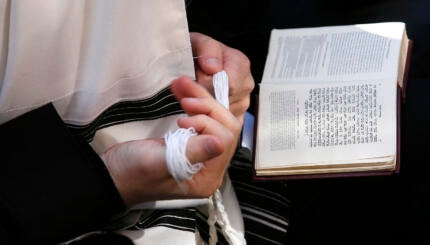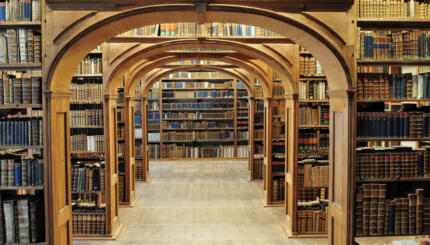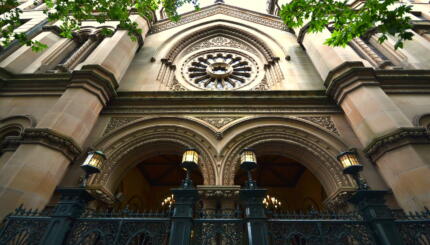Jews of Today could never have begun as a project had I not encountered the phenomenon of the enclave. As a recent transplant to New York City in 2006, I wandered into Williamsburg like any other would-be gentrifier in search of cheap bars, good restaurants, and an “authentic” atmosphere. I did not expect to encounter such a dense population of Yiddish-speaking, black-frock-wearing Jews. I felt like I’d found my lost ancestors. I was awestruck and attracted. But my early efforts to make connections with Williamsburg’s Hasidim were met with the customary cold shoulder.
I quickly learned that their part of Williamsburg was a virtual fortress, meant to keep people like me (or rather, unlike them) at a safe distance. This of course only enchanted me further. Why? Who knows. I guess I felt like some secret of great importance was being hidden inside their castle walls. The Ethiopians claim to keep the Ark of the Covenant in a church in Addis Ababa, which, after all, no one is allowed to enter…
So how is a Hasidic enclave created? Jewish enclaves have a long history, full of important variations. Of course, they were usually imposed on Jews from the outside, rarely by Jews themselves, and even more rarely by Jews against other Jews. Williamsburg represents an important reversal of that trend. Philip Fishman, a non-Hasidic Jew who grew up in mid-century Williamsburg, has written a vivid memoir on the subject, titled
A Sukkah is Burning
.
This (somewhat aged) article from Matzav is an important artifact of my research and shows very specifically how my favorite Hasidic enclave is being maintained today.
The Visiting Scribes series was produced by the Jewish Book Council‘s blog, The Prosen People.


